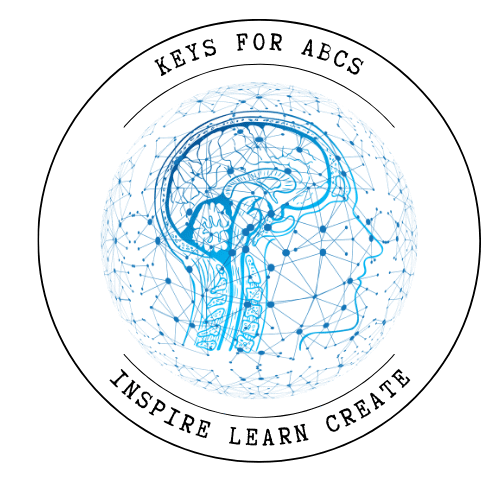Creating an effective learning experience always begins with analysis. It may be tempting or more exciting to skip right to design and development, but this often overlooked step is the difference between effective and ineffective learning experiences.
Analysis results in intention and focused purpose. It prevents ‘scope creep,’ which is the gradual expansion of a project beyond its original intention. Scope creep typically results in an unfinished project, and no one benefits from an unimplemented learning experience, necessitating a more intentional approach to development.
Analysis is the heart of intention. It guides your choices as you design, develop, and implement learning experiences. Without a precise analysis, you are metaphorically throwing jello at the wall to see what sticks. But with a clear intention, driven by your analysis, you can make purposeful choices that lead to effective learning experiences.
Analysis is the stage where you truly get to know your learners. You delve into their needs, hopes, and intentions, striving to understand them personally. You look at your knowledge through their eyes and assess the impact of your choices as a teacher.
This shift in perspective from your expertise to your learners’ experience fosters the sense of empathy and connection necessary to create an intentional learning experience, making you more connected and engaged with your learners.
The analysis process may seem like a series of assumptions and stereotypes, and in some ways, it may be. However, it’s crucial to understand your learners’ perspective. How can you help someone understand if you don’t know anything about them?
Want to know more about completing an effective analysis?

